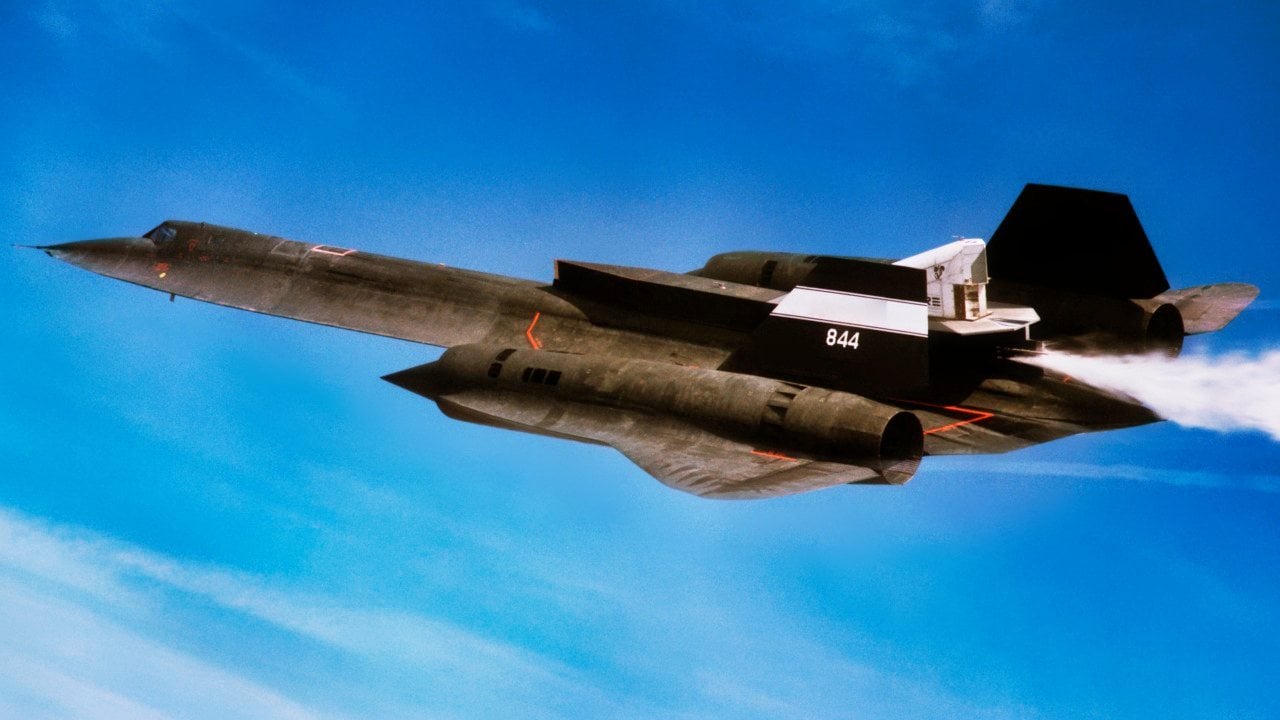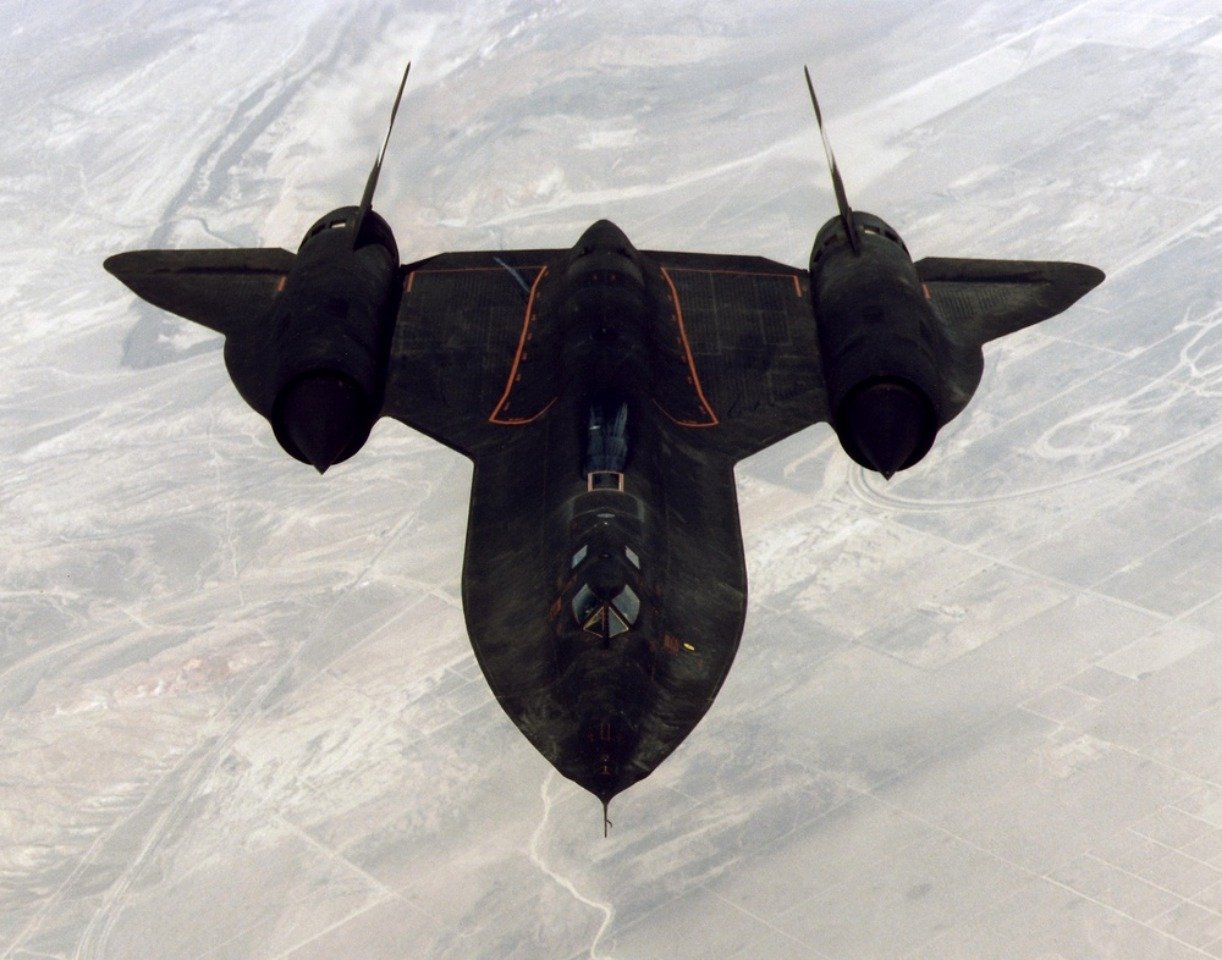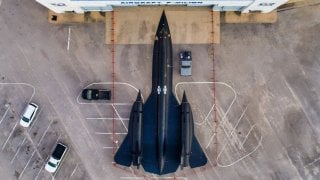A Russian-Made Missile Nearly Shot Down an SR-71 Blackbird Spy Plane
The fastest airframe to ever fly the skies is surprisingly not a twenty-first-century invention. Nearly half a century ago, the SR-71 Blackbird set the record for highest sustained flight and fastest manned aircraft, and as of 2024 these world records still hold.
What You Need to Know: The fastest airframe to ever fly the skies is surprisingly not a twenty-first-century invention. Nearly half a century ago, the SR-71 Blackbird set the record for highest sustained flight and fastest manned aircraft, and as of 2024 these world records still hold.

-While the Lockheed Martin aircraft remains one of the most legendary aviation feats of all time, the Blackbird was certainly not invincible. During the Vietnam War, the Mach 3 spy plane was hit by a surface-to-air missile’s (SAM) shrapnel over Hanoi.
-Following this incident, Lockheed engineers understood that assuming one hundred percent invulnerability to the Soviet Union’s SAMs would be problematic.
An Overview of the SR-71
As Cold War tensions between the former USSR and the U.S. were heating up in the 1950s, American policymakers set out to develop a plan to create a reconnaissance aircraft that would surpass Soviet air defenses. The Central Intelligence Agency (CIA) previously flew the U-2 Dragon Lady as its primary spy plane. However, when a USSR SA-2 SAM managed to shoot down a U-2 and its pilot in 1960, the need for a faster airframe capable of flying at higher altitudes became even more apparent.
To surpass the Soviet advances, the Blackbird was designed with a reduced radar cross-section and high speeds. Engineers achieved this via two Pratt & Whitney J58 bleed-bypass turbojets which enabled the jet to fly at speeds over Mach-3.0. Since the SR-71 could fly so fast, its external makeup was extremely important as it would need to withstand the excessive temperatures that the Blackbird would generate.
For this reason, Lockheed used titanium to make up the aircraft, which was ironically sourced from the Soviet Union. Additionally, the Blackbird featured a distinctive sharp edge running around the fuselage, which set it apart from its counterparts whose fuselages were typically rounded tubes.
The Incident
The closest the Blackbird has ever been to being shot down by an adversary occurred in 1967. While on the CIA’s third pass over Hanoi during the Vietnam War, several U.S. Air Force pilots realized they had become outranked.

As detailed in the book Lockheed SR-71 Blackbird: The Illustrated History of America's Legendary Mach 3 Spy Plane, one of these pilots “ran into some debris from part of the fusing components of a Soviet-built SA-2 as he was leaving the area [over Vietnam, during Operation Black Shield, as the A-12 deployment at Kadena Air Base was codenamed, where he survived multiple SAM missile attacks on his Oxcar while he was cruising at altitudes over 82,000 feet]. The damage was found on a post-flight inspection and the composite inboard leading edge had something wedged in it, and the CIA identified it as part of the fusing mechanism of the SA-2.”
Despite its potential invulnerability to the Soviet’s SAMs, the Blackbird remained a truly one-of-a-kind platform. Throughout its quarter-century in service, the spy plane flew missions in Vietnam, the Yom Kippur War and the Israeli invasion of Lebanon, and in U.S. air raids in Libya.
About the Author: Maya Carlin
Maya Carlin, National Security Writer with The National Interest, is an analyst with the Center for Security Policy and a former Anna Sobol Levy Fellow at IDC Herzliya in Israel. She has by-lines in many publications, including The National Interest, Jerusalem Post, and Times of Israel. You can follow her on Twitter: @MayaCarlin.
Image Credit: Creative Commons and/or Shutterstock.


